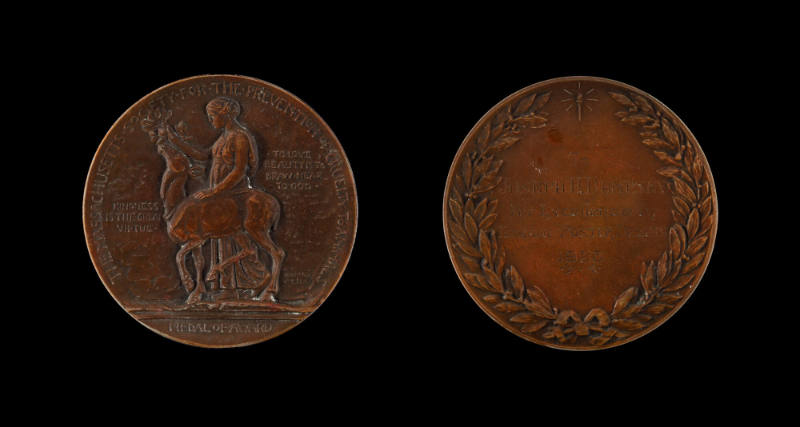
Object Details
Culture
China
Shang dynasty
Date
12th century BCE
Medium
Bronze
Dimensions
10 3/4 x 6 inches (27.3 x 15.2 cm)
Credit Line
George and Mary Rockwell Collection
Object
Number
69.001
Exactly where and when bronze, an alloy of copper and tin, was first cast in ancient China remain op(…)
Exactly where and when bronze, an alloy of copper and tin, was first cast in ancient China remain open questions, but it is generally agreed that by 1600 B.C. bronze vessels were widely used in the numerous rituals that were distinctive characteristics of China’s first urban civilization. The ritual practices are not recorded in detail, but the various shapes of surviving bronzes make it evident that feasting and wine drinking were major components of the ceremonies, and inscriptions on some of the vessels indicate that they were frequently cast in honor of particular ancestors. Elegant goblet-shaped drinking vessels like this example are among the most durable of Chinese Bronze Age forms. They were made throughout the Shang period and continued to be popular in the early decades of the subsequent Zhou Dynasty, before disappearing quite abruptly around 900 B.C. The bottom section of the goblet features raised elements of an animal maskÑhorns, eyes, jawsÑorganized symmetrically around a central flange. The blade-like shapes that rise from the waist of the vessel give added emphasis to the dramatic flaring trumpet mouth. The precision of casting and the orderly arrangement of design motifs seen in this vessel are signal features of Shang Dynasty bronzes. (From “A Handbook of the Collection: Herbert F. Johnson Museum of Art,” 1998)












